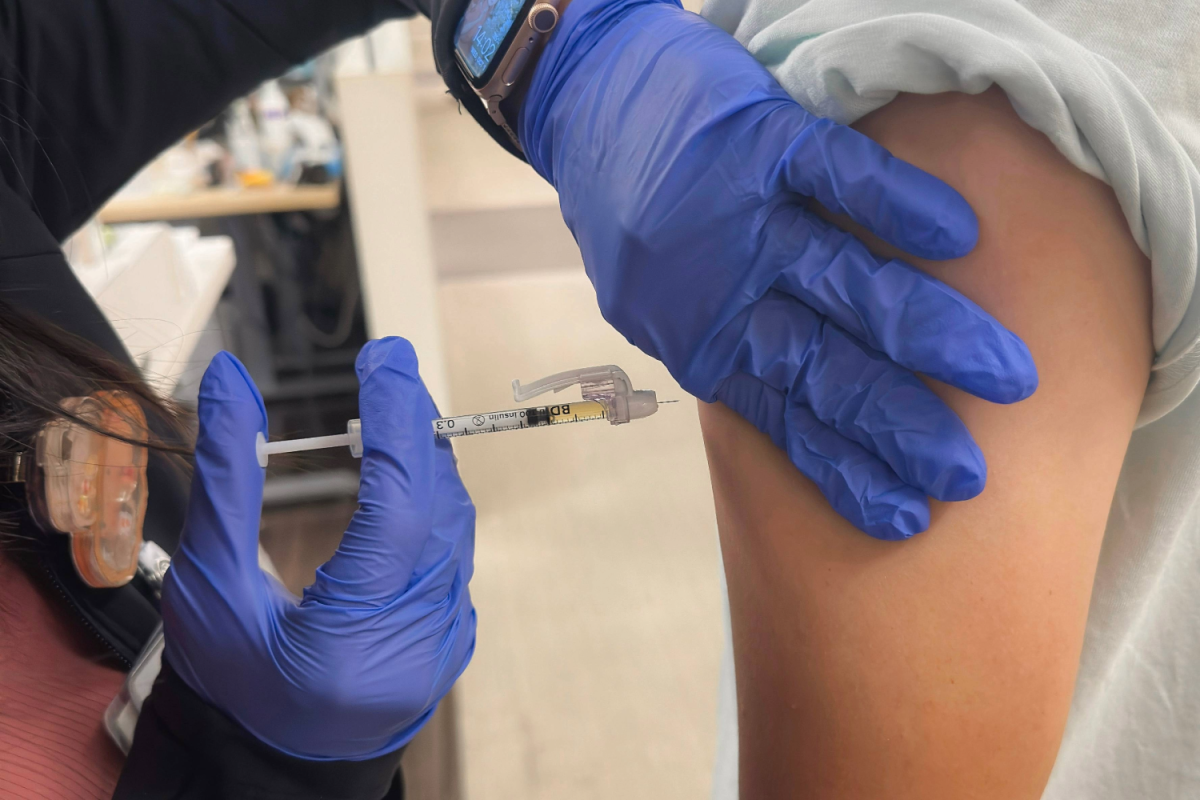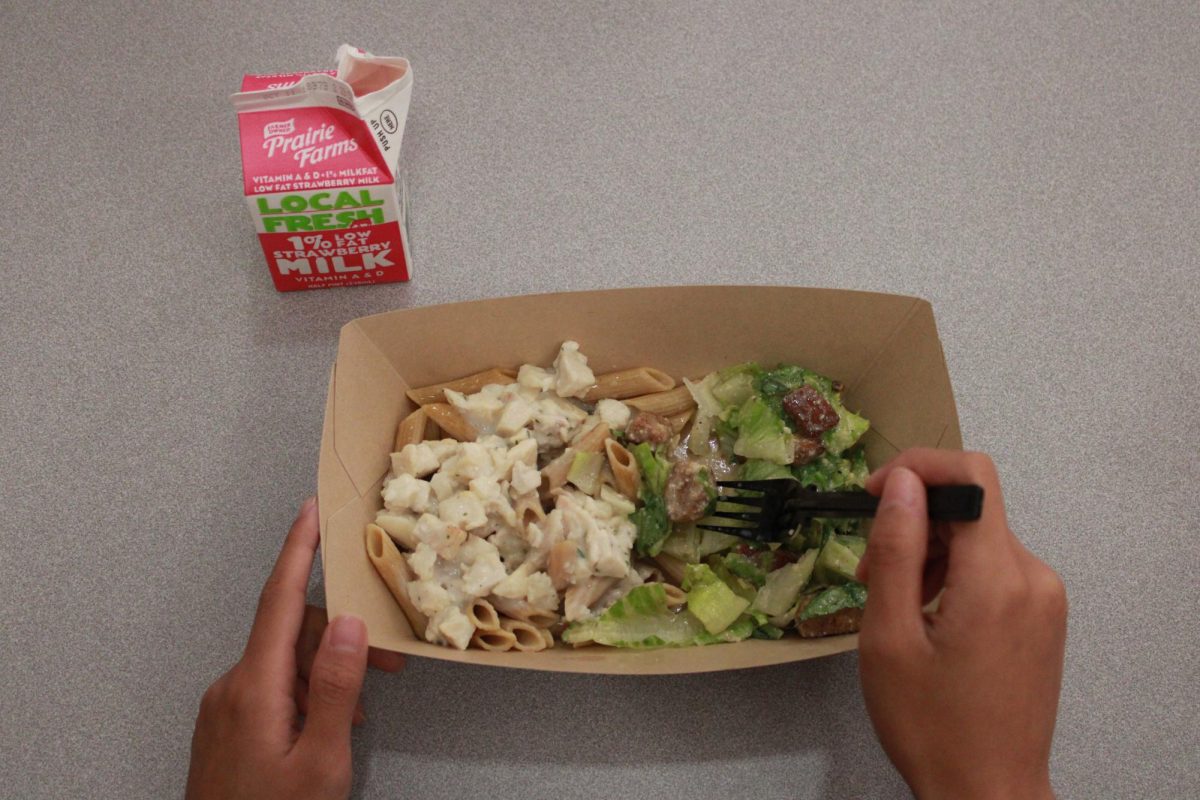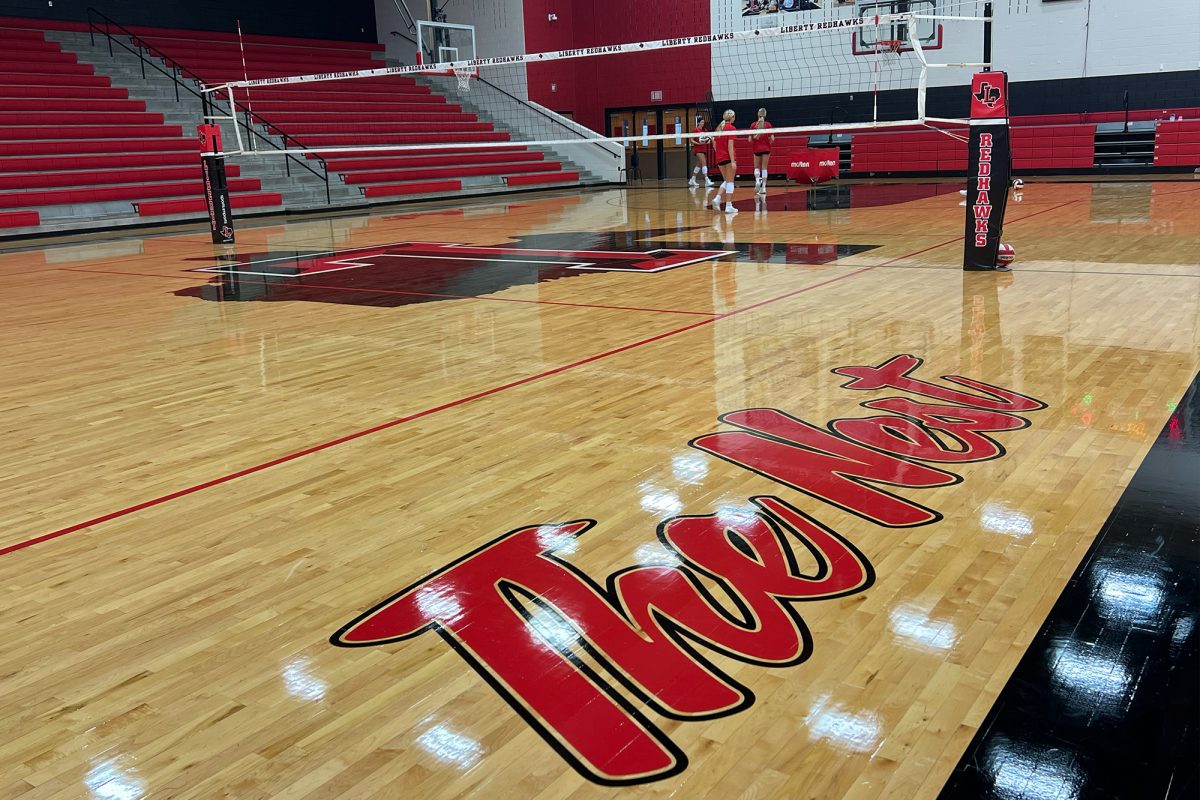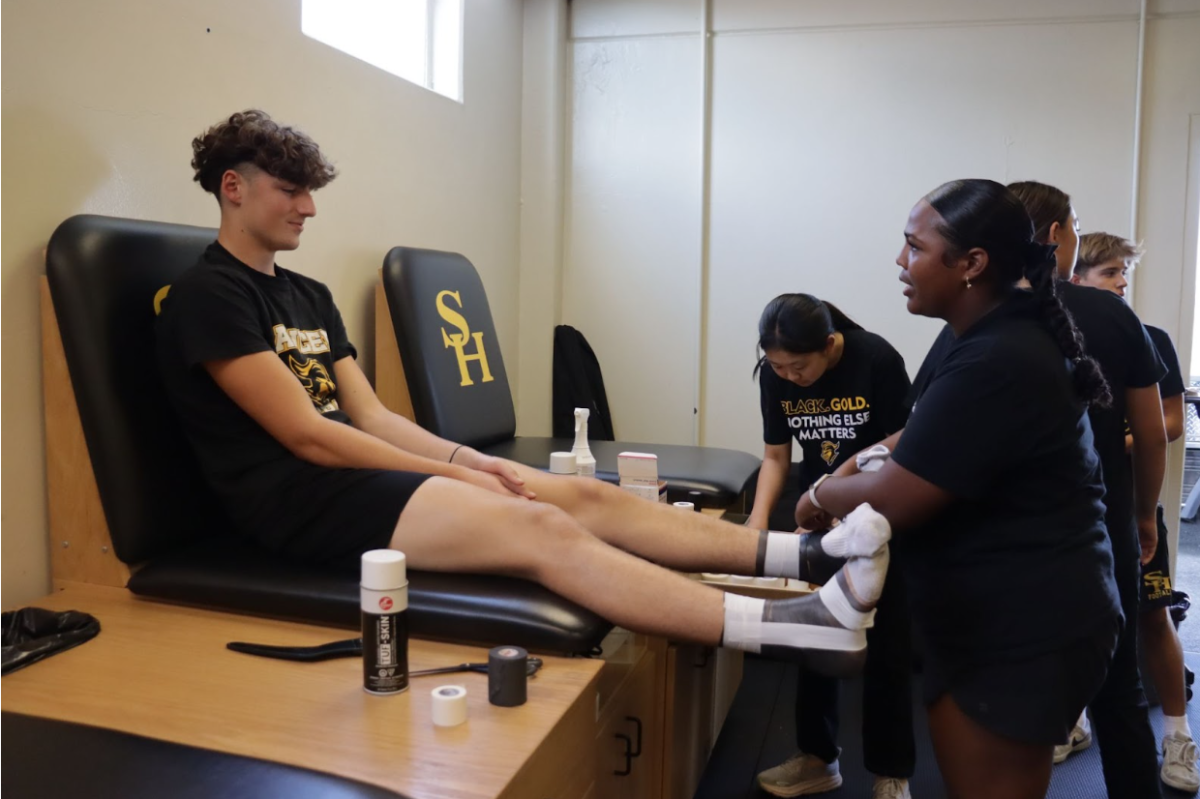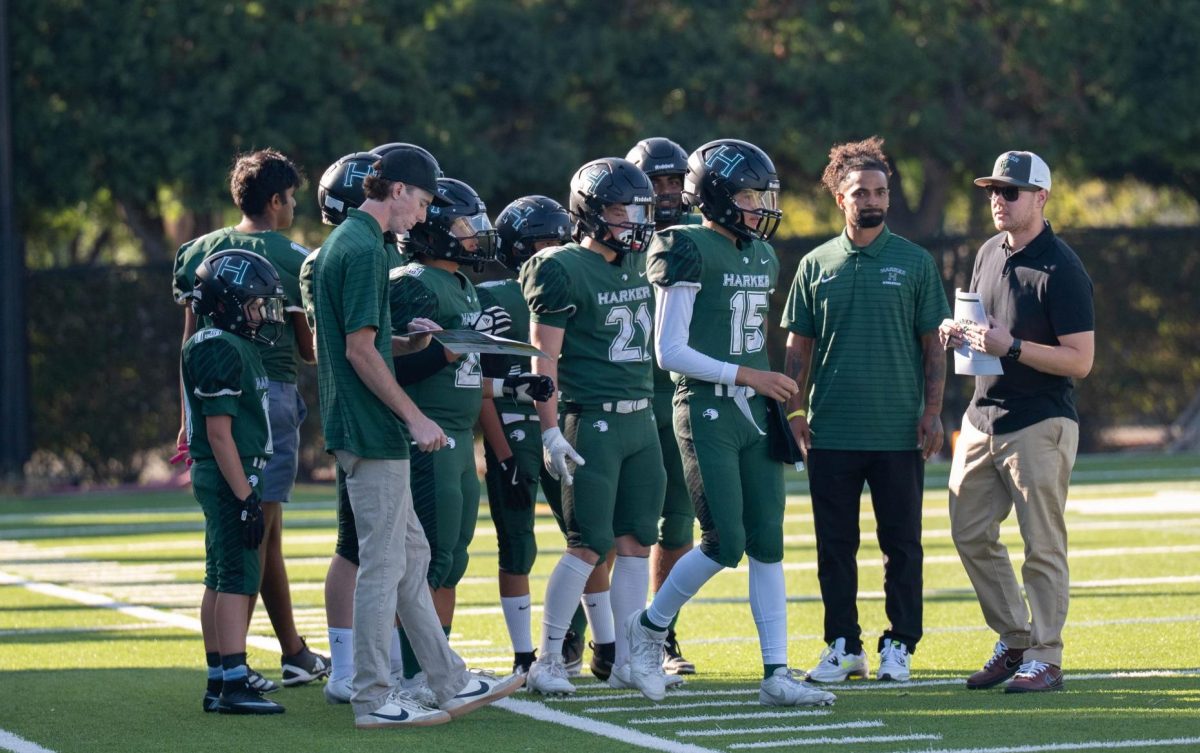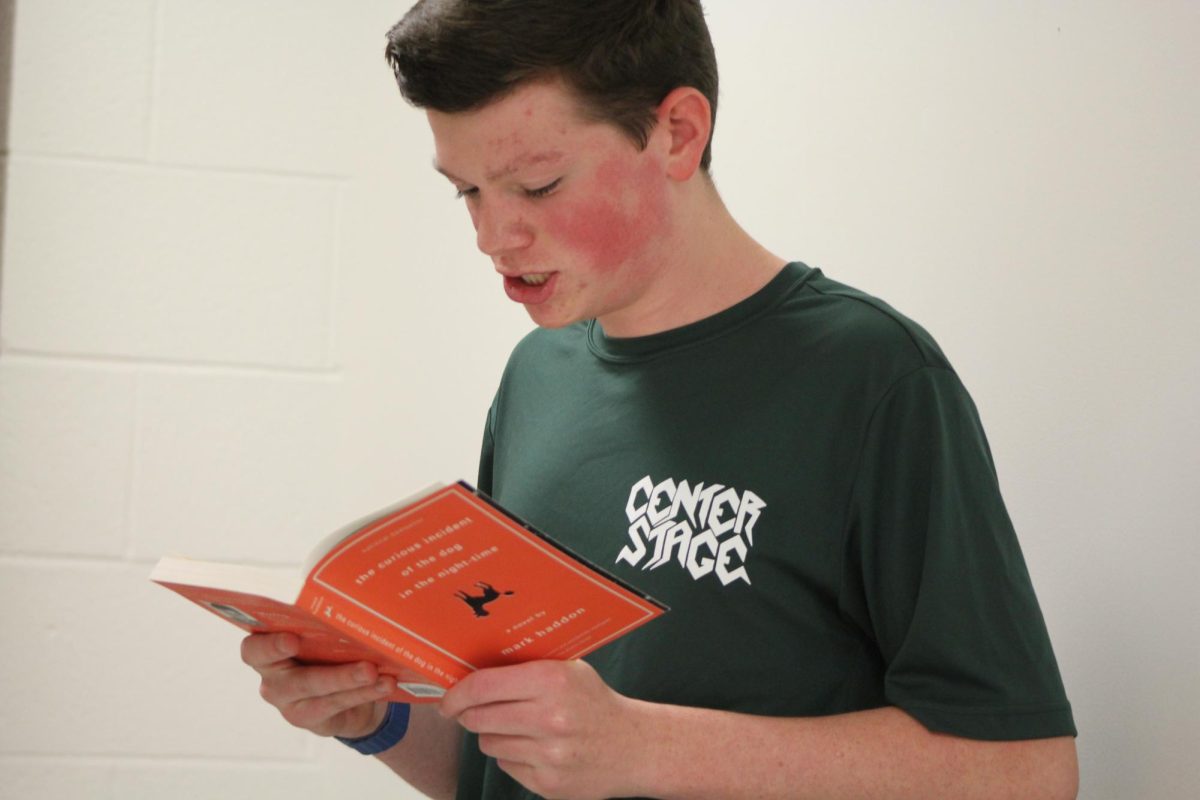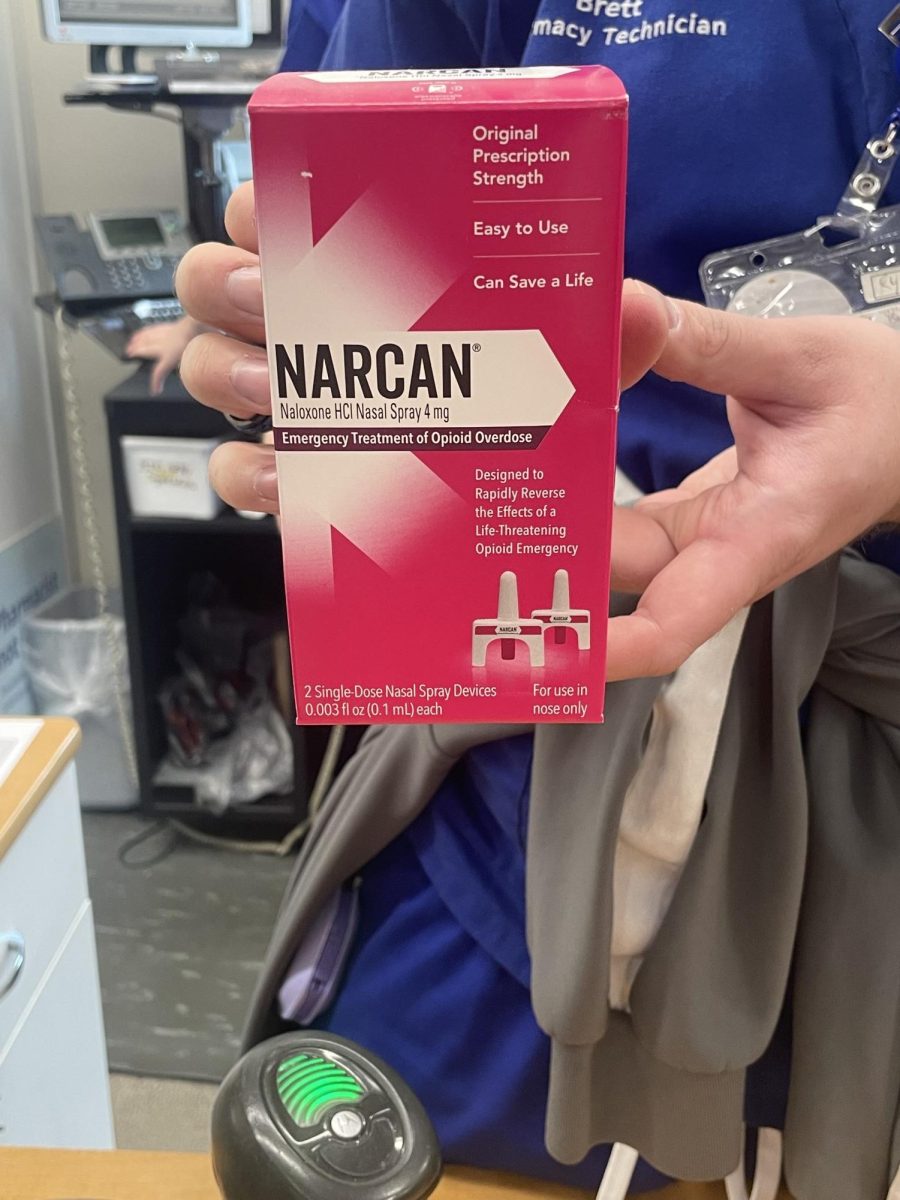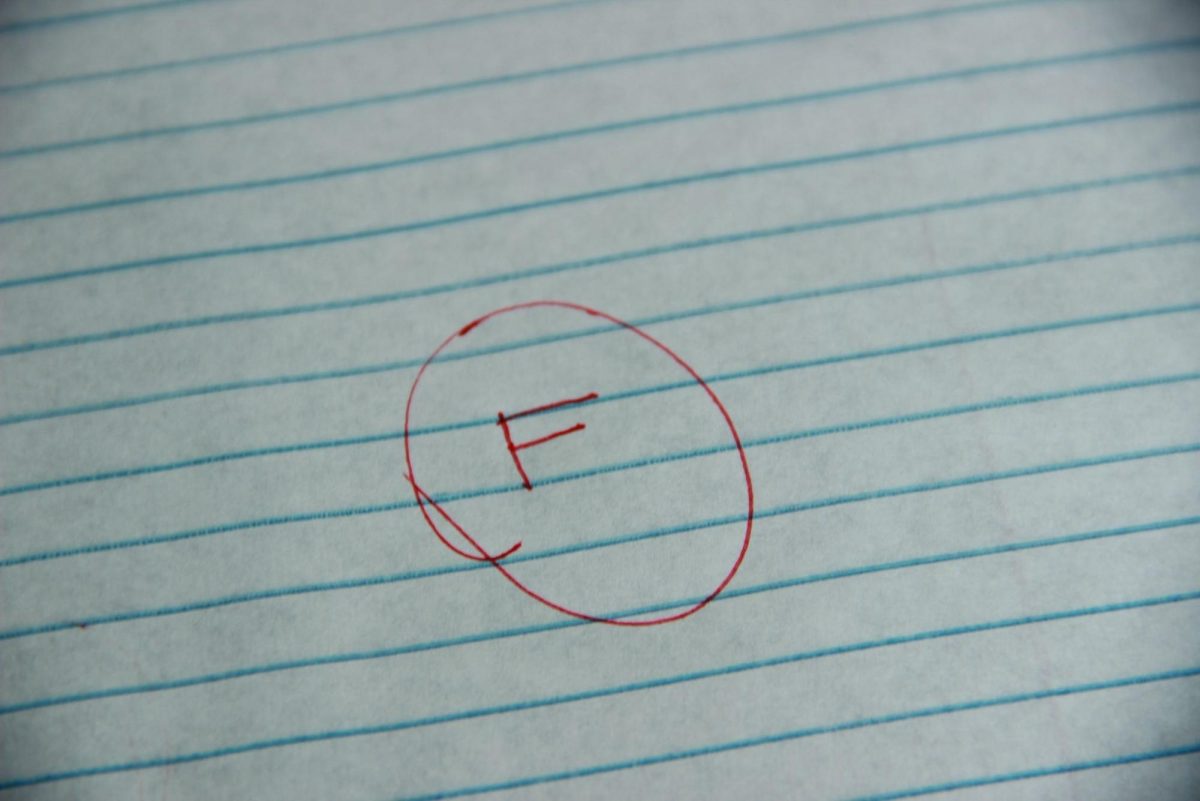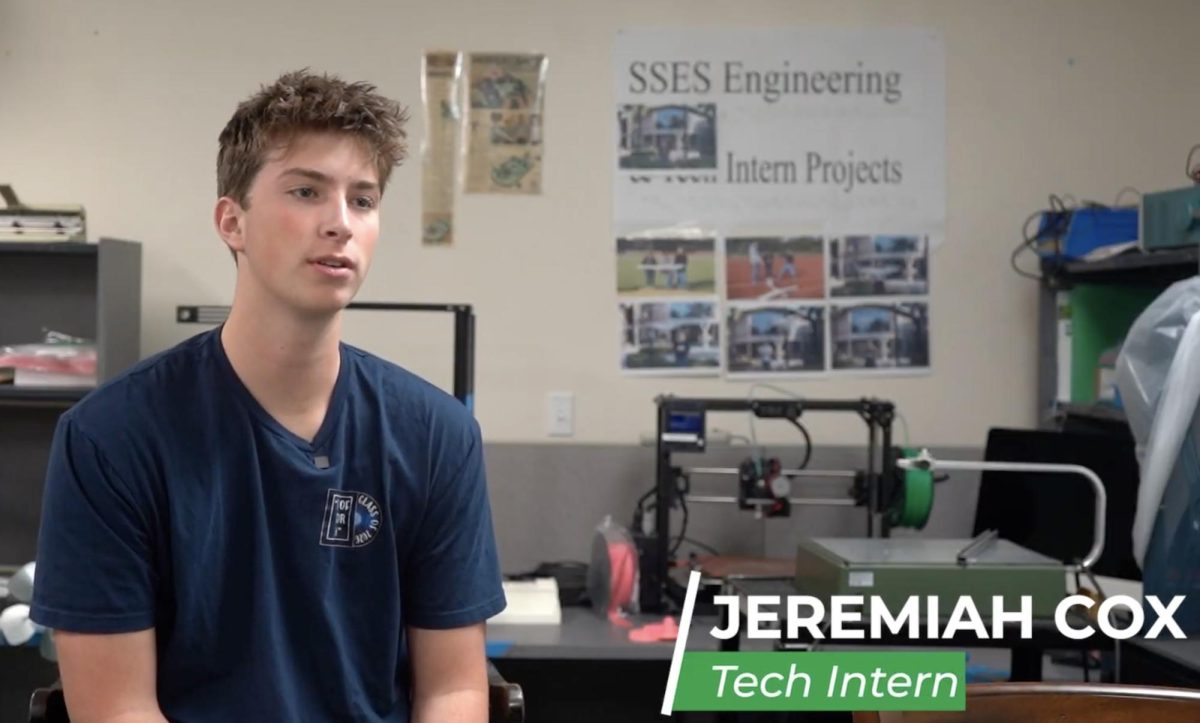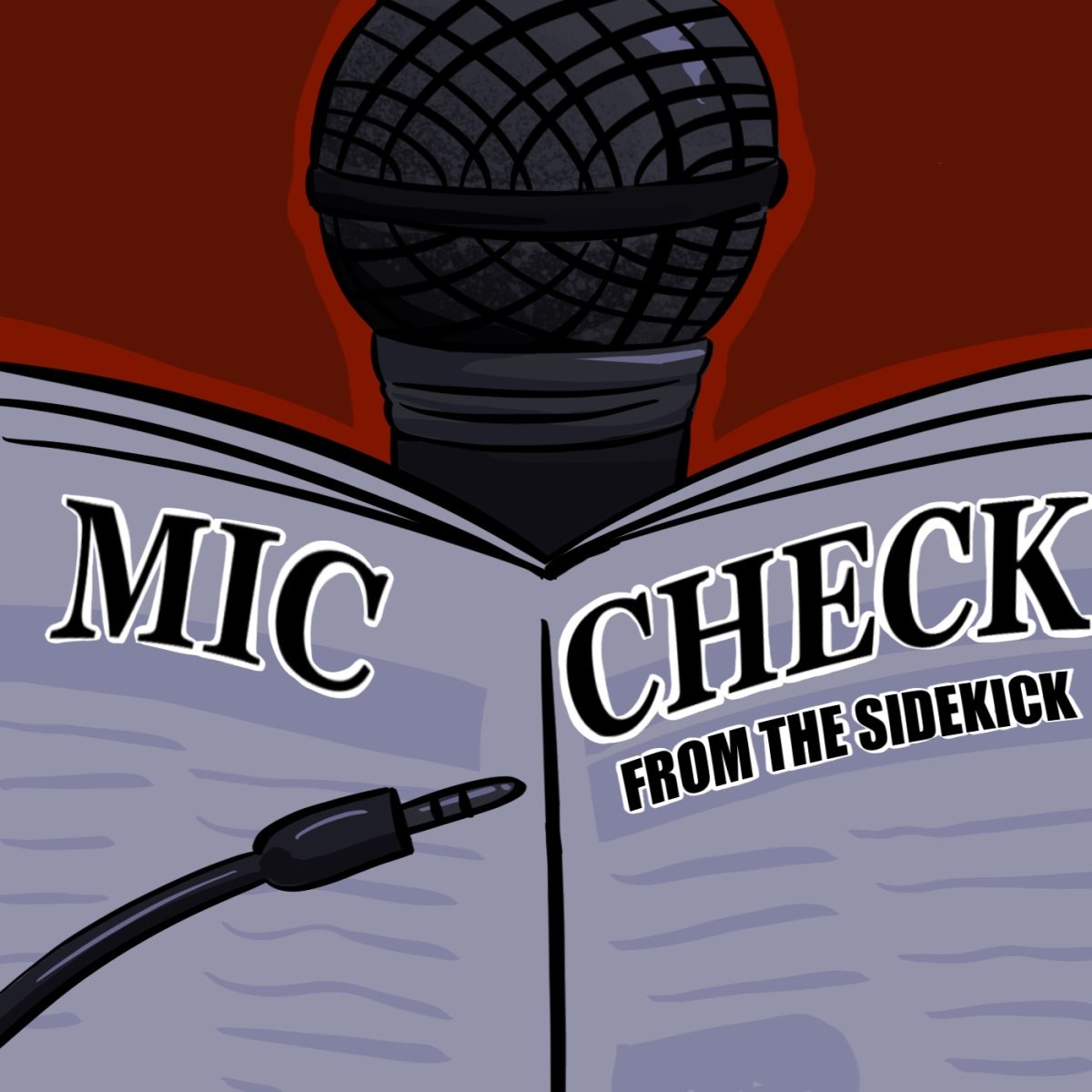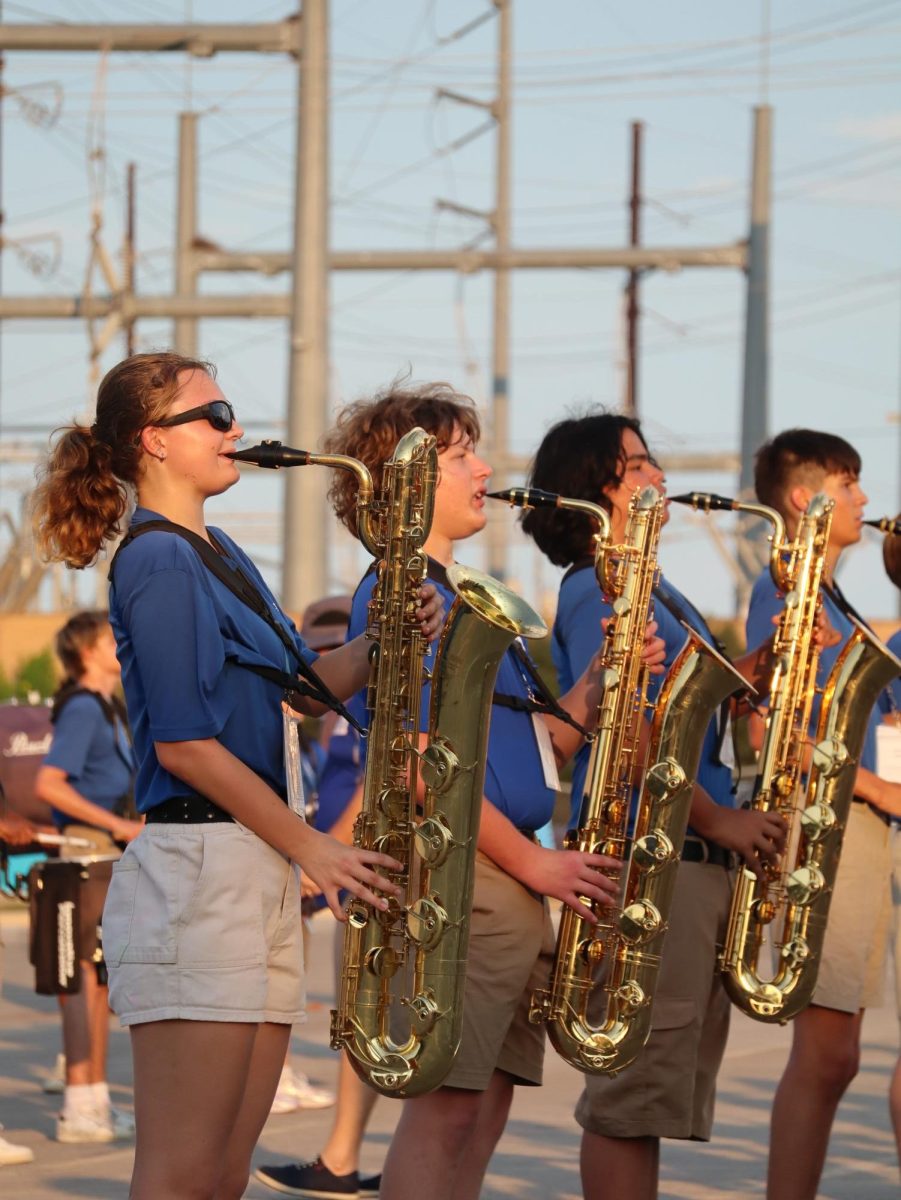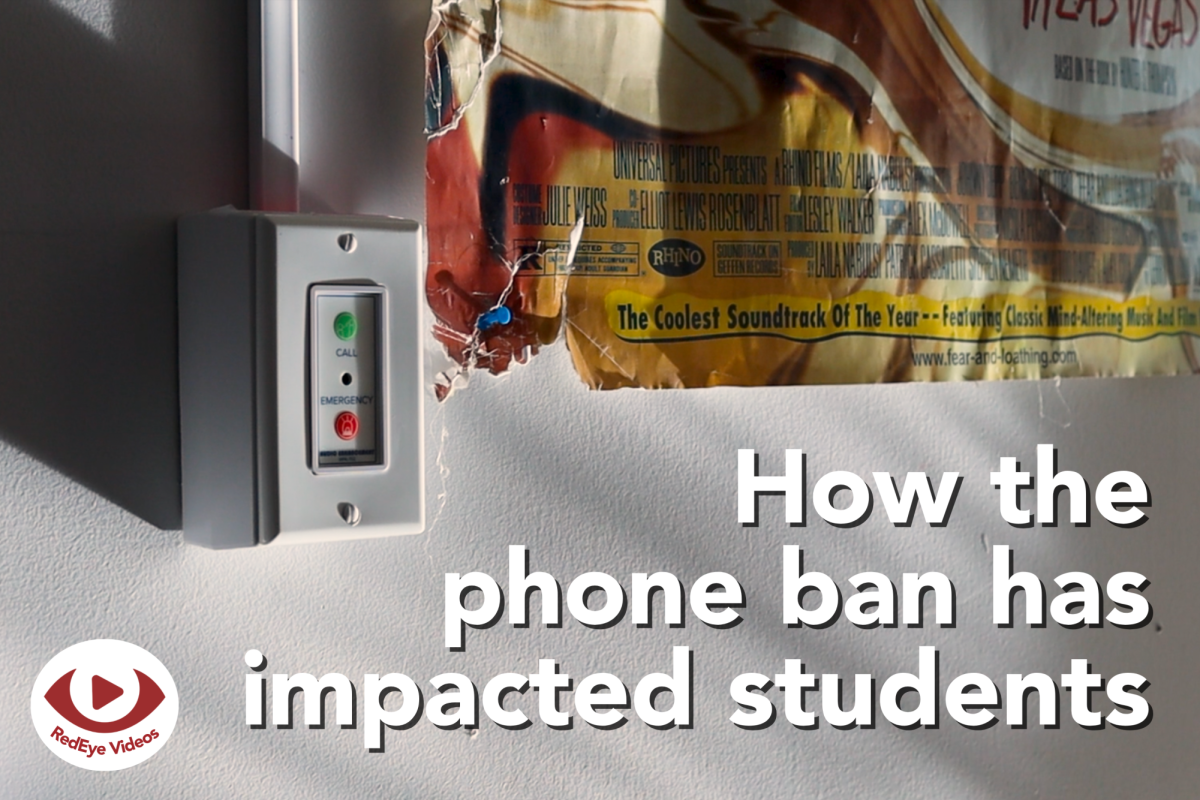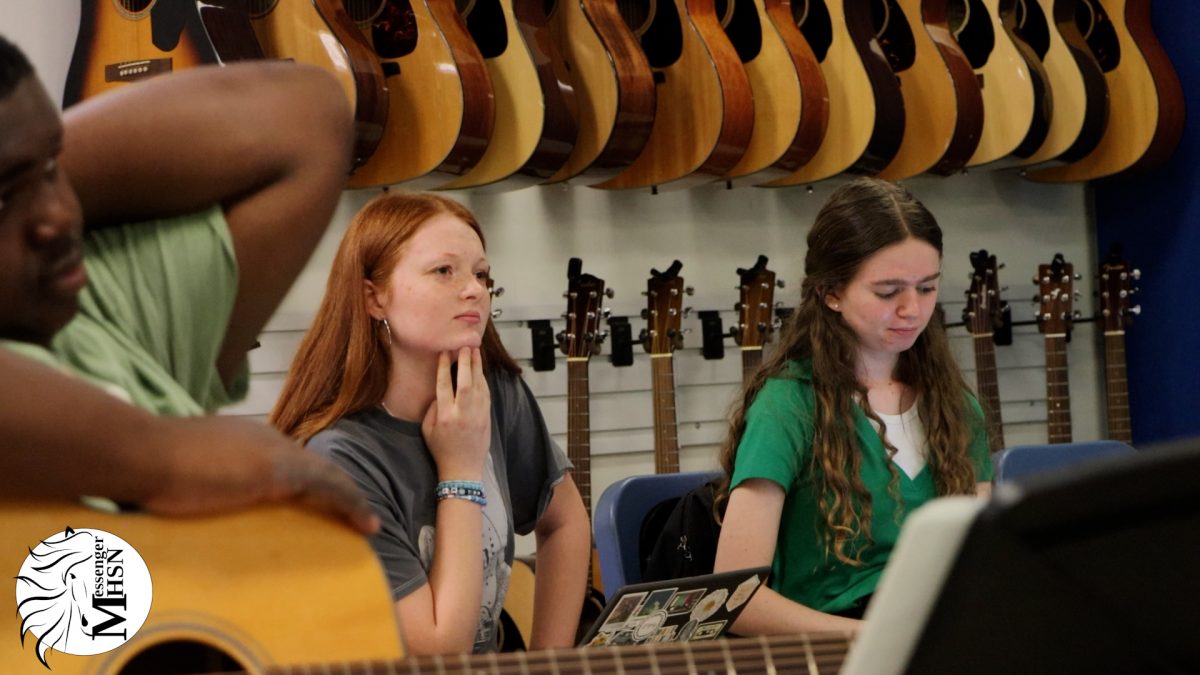Careful savings can become vulnerable in the face of emergencies.
As the state continues to shortchange public education and take away from crucial district resources, Coppell ISD is compelled to draw deeper than before from its roughly $70 million fund balance.
All the district can hope is that its balance won’t completely crack under the pressure.
“I don’t want to sound like the sky is falling because it’s not yet,” CISD trustee Nichole Bentley said. “But the reality is, we need to be figuring this out as if something significant isn’t going to change with funding because there is a systematic approach to underfunding public schools.”
According to CISD, since 2019, cumulative inflation has exceeded 20%, raising operating costs amongst district schools. Despite this cumulative inflation, the state has not modified its basic student funding allotment of $6,160 since 2019 to account for these increased expenses in operating.
For CISD to stay on track with inflation, the district would need an increase of $1,000 to $2,000 per student in the basic allotment. However, without such an adjustment due the state’s stagnant funding formula, the district is experiencing a projected $13.4 million budget deficit from the 2023-24 academic school year and has to adopt a $7.5 million deficit in the 2024-25 school year, taking a toll on the district’s financial stability.
Coupled with the disconnect between state funding and inflation, Coppell’s aging population, slow construction of new homes and increasing home prices have deterred younger families from moving into the district. This shift leads to a decline in enrollment, specifically in the elementary level, further straining the district’s financial instability due to decreased revenue from student attendance.
“Our enrollment is no longer growing like it was,” CISD chief financial officer Diana Sircar said. “Since 2020, we haven’t seen an increase in students, and if we don’t have an increase in students, we’re not getting an increase in funding.”
The district is adjusting the limited open enrollment program to expand into neighborhoods, such as Irving’s Hackberry Creek, to raise revenue without increasing expenditures. Sircar said, however, the number is not large enough to improve elementary student enrollment.
“We’re missing a lot,” Sircar said. “We’re losing a lot of enrollment in elementary. In fact, our enrollment last year in elementary school was about the same as it was in the 2017-18 school year.”
According to CISD, it takes about $42 million to fund expenses from September through December. If the district does not alter its current expenditures, it is at risk for not being able to fund the first four months of the 2025-26 school year.
Bentley said a healthy fund balance is crucial to pay teachers salaries and operational costs in the beginning of the school year as the district does not receive tax revenue until late December.
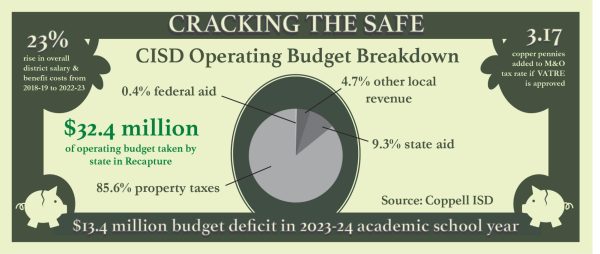
“We have to have enough balance to pay our teachers and keep the lights on for the fall semester,” Bentley said.
According to CISD, from the 2018-19 to the 2022-23 school years, the district experienced a 23% rise in overall salary and benefit costs which is due to efforts in maintaining competitive teacher salaries and strengthening retention.
Coppell High School Principal Laura Springer thinks that if the district is not able to maintain competitive salaries, the quality of the staff can be compromised.
“We have to be smart and keep that [teacher salary] percentage as high as we can, because we want to attract young teachers so we can keep this building up, and we also want to be able to pay the [veteran staff members] who have been in the system for a long time, and honor our teachers for the work they do,” Springer said.
The district is strategically using employee attrition to reduce payroll costs by eliminating administration positions and supporting staff positions as they become vacant, thereby minimizing the impact on the budget without any immediate layoffs.
According to Sircar, the district has accumulated $3 million through attrition between last academic year to the current one.
“There are some positions that haven’t been replaced, which means that other staff members are having to pick up those duties or we’re having to do things differently,” Sircar said. “That can be a bit stressful for everyone, especially given the district’s reliance on its fund balance to cover budget deficits.”
As per state requirement, all CISD campuses must have an armed guard in efforts to protect and provide safety. However, the district cannot sufficiently withhold the state’s security mandates without having to realign expenditures.
“Safety is the number one priority for all of us at this point,” Springer said. “The state keeps sending down a lot of safety mandates, but they do not want to give any money for those safety mandates.”
Moreover, budget cuts can also compromise funding allocated to educational resources.
“We want to make sure that we have enough money to take care of supplies that we need on campus for students to learn,” Springer said. “I want to make sure that my teachers have what they need.”
Funding for specialized programs on campuses can also lose funding needed for them to continue thriving.
“I want to give students the best experiences we possibly can,” Springer said. “I want to keep these programs that we have within this building. If they keep cutting our budgets, we have to then start looking at programs. I am going to fight with everything I can, because I don’t want to lose programs that help us, help students be ready for the next step.”
Springer said as the budget dwindles, it can also affect the funding the school can provide for student transportation.
“Sending people away from school, having to pay for travel for the buses, paying bus drivers that stay there the whole time, hourly — it all adds up quickly,” Springer said. “It’s almost to the point where we cannot send a large group of kids off and not have to have them pay something, because we just do not have the money for that.”
Clubs and programs requiring transportation for field trips or competitions have to resort to fundraisers so students do not have to pay as much. Large programs, such as CHS DECA, raise money for students through selling popcorn to cover costs for competition registration, transportation and lodging.
“We have been told that the cost for transportation is going up about three times and that cost would pass on to the student that is participating,” DECA advisor Richard Chamberlain said. “Transportation can be very costly, especially because it does cost extra to use a bus during normal route times. We’re talking about 5 or 6 buses for a district competition, which adds up.”
On Aug. 19, the Board of Trustees approved a Voter Approval Taxpayer Ratification Election (VATRE) to be on the Nov. 5 ballot. The VATRE calls to increase the Maintenance and Operations (M&O) tax rate, which covers employee salaries, supplies, safety utilities and bus repairs, by 3.17 pennies to generate an additional $2.4 million for the district in response to budget issues.
The M&O tax rate is composed of the tier one tax rate which is established by state law and the voter-approved tier two tax rate. Voters can permit up to 17 additional pennies to the tier one rate. However, if the district collects more revenue than the state funding formula allows, the excess must return to the state through the Robin Hood plan, which is in regards to state revenue redistribution.
During tax ratification elections prior to 2011, CISD voters authorized that all 17 golden and copper pennies can be added to the M&O tax rate. Golden pennies generate revenue that the district can keep, while copper pennies generate revenue that is partially subject to recapture by the state. Some of the revenue accumulated through the additional pennies was recaptured by the state.
However, the change in law with the introduction of House Bill 3 in 2019 reduced the voter-approved pennies to 3.17 copper pennies, compressing the rate.
The VATRE ballot on Nov. 5 will include a measure asking voters to approve an additional 3.17 copper pennies to the M&O tax rate, directly affecting property taxes as it would increase the overall tax rate.
If approved, the VATRE would lead to a property tax increase for taxpayers, amounting to an additional $163 per year, or about $14 per month for the average household. Taxpayers aged 65 and older with frozen school taxes would not see an increase.
According to Bentley, although the tax rate would increase, the overall property tax rate would remain lower than what it was in 2022 due to previous reductions.
Of the $11,166,955 cited on the ballot, CISD would retain approximately $2.4 million, while $5.28 million is attributed to the increase in taxable property values and will be subject to state recapture. Of the remaining $5.88 million, CISD keeps an additional $2.4 million from the VATRE, with the remainder recaptured by the state.
“Unfortunately, many people don’t realize that not all of the taxable revenue that comes into the district stays with the district,” Sircar said. “Last year, we sent about $23 million back to the state in excess tax revenue. This can seem confusing, especially now that we’re asking to raise the tax rate through this VATRE.”
Through VATRE informational meetings, the district shared a video explaining the VATRE and its implications, and has fostered discussion amongst attendees to receive community feedback, allowing it to gauge a deeper understanding of public concerns.
According to trustee David Caviness, the district cleared confusions, such as what is the distinction between the money from the 2023 $321 bond package and M&O tax rate as the bond package does not cover operational expenses.
Through surveys sent out to taxpayers, the district is also able to receive the general opinion of the community about the VATRE.
“VATRE has been accepted in the community pretty well,” Caviness said. “The legislative inaction that has worsened the problem has led to overwhelmingly positive feedback for the VATRE.”
Community members have also led initiatives to raise awareness of the VATRE and its benefits. Four CISD parents – Trudy Baade, Rebecca Bailey, Jill Hill and Amanda Nevels – have formed a political action committee called “Yes! Committed to Our Schools.”
“The four of us are just concerned CISD parents,” Bailey said. “We all have kids in the district and several of us have gone to the district, and we want to be able to continue offering the kind of education we do right now, and the VATRE is one of the means to keep doing that. Being able to pay teacher salaries and give cost-of-living increases really helps teachers stay in our district, which is key to our district’s success.”
The district has also been evaluating different school consolidation options due to the declining enrollment which can raise more revenue to adjust for inflation and the budget crisis.
At the Sept. 9 board workshop, the trustees put forth six possible school consolidation options to discuss and has kept three remaining options left: consolidating Pinkerton Elementary School with Wilson Elementary School and Austin Elementary School, consolidating Dual Language Immersion (DLI) program or leveling pre-K.
Factors for consideration of consolidation include impact of student and staff movement, future excessive capacity in response to continuous declining enrollment, usage of fund balance, choice programs and added responsibilities to staff as positions reduce.
“We’re a community that values choices,” Bentley said. “Right now, we’re still able to offer all of our choices, but at some point, you have to start eliminating choices and some of the extras that we enjoy as a community if you can’t cover the cost of basic educational requirements.”
The board has taken into consideration the emotional ties community members may have to a school. Bentley touches on how change is inevitable and the district will work positively through any decision that is made.
“Change isn’t always good or bad,” Bentley said. “Sometimes change is change. My hope is that with whatever we decide, it’s going to give us the flexibility to look at what doors have opened potentially, once we get through this next legislative session. Maybe there are things that we have never been able to invest in because the budget has become so tight, and now we can.”
Caviness said the more the district educates the community on the history, declining enrollment and the reasons the district is in the position it is in financially, the more support they have received in making changes.
“It is tough emotionally to go through this process and talk about consolidating schools,” Caviness said. “It is important for the community to understand the situation that we are in and that we have been dealt a bad hand by our legislature not adequately funding schools. One thing that we learned throughout the process is that it is not the building that the community values, but it is the programs. More than just closing the building, it is [being] able to maintain our programs that will help us all stay together as a community as we work through these difficult times.”
The board met on Sept. 30, approving the final decision to consolidate Pinkerton into the other CISD elementary campuses and will continue to explore options related to the movement of the International Baccalaureate program and DLI.
To make up for most of the inadequate state funding, the district hopes the community makes the choice to be involved in the decision-making processes and vote during the VATRE ballot to alleviate the financial situation and the future of education for students.
“We’re committed to remaining a destination district,” Bentley said. “If we aren’t effective in addressing these budget issues, it means hard choices are going to have to be made and our community and our students are going to feel those in ways that have been uncomfortable up to this point or not our preference.”
This story was originally published on Coppell Student Media on October 1, 2024.



